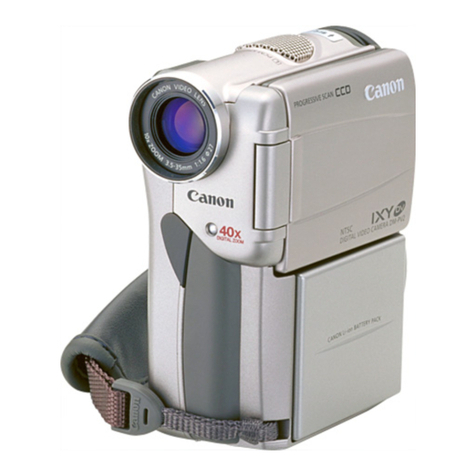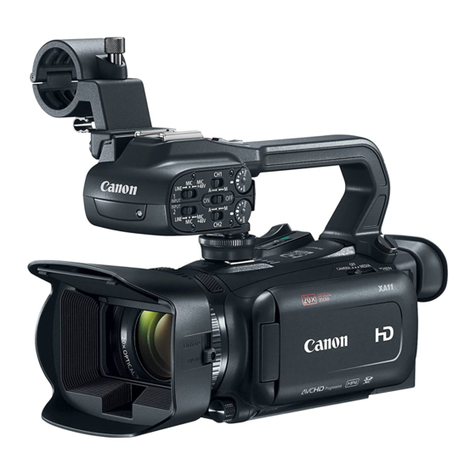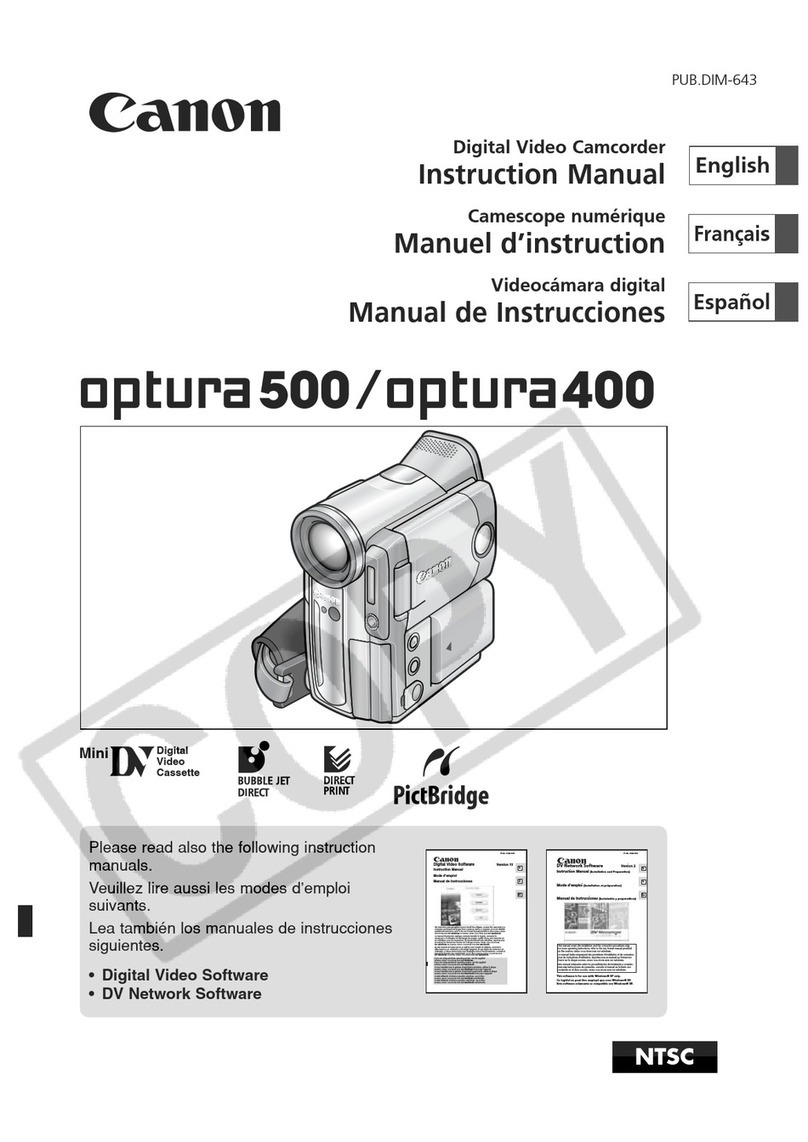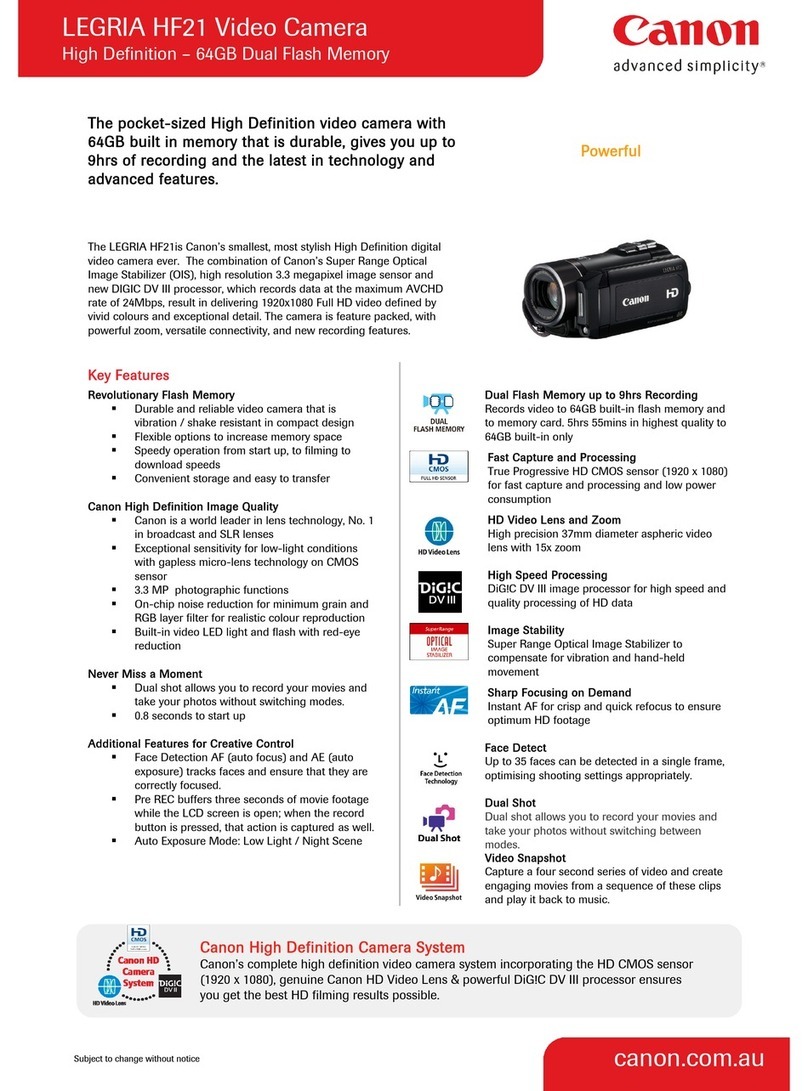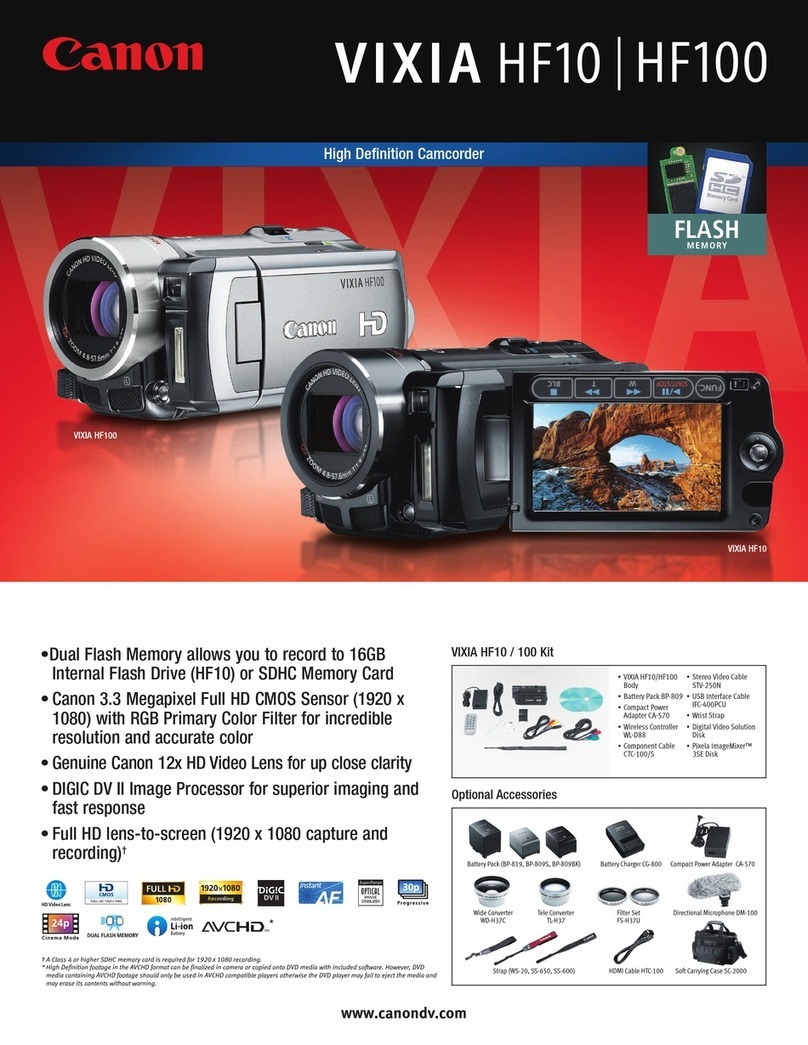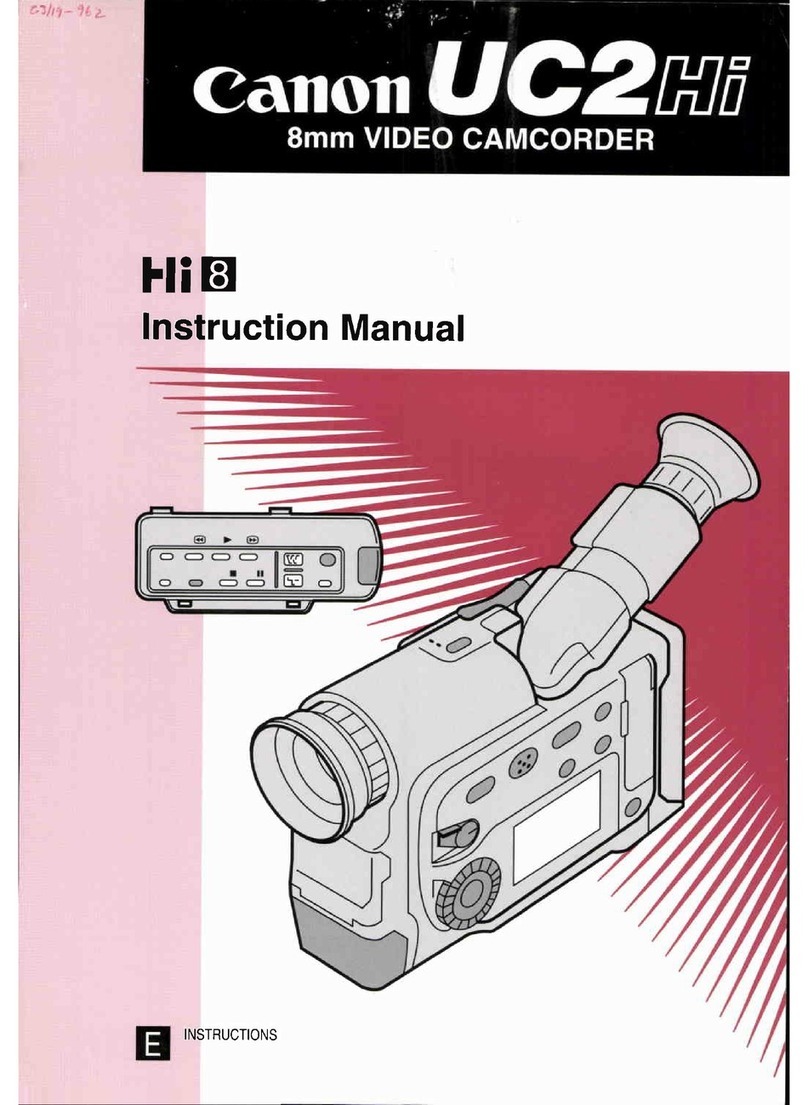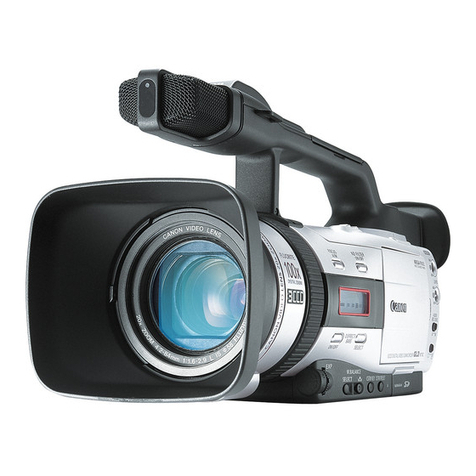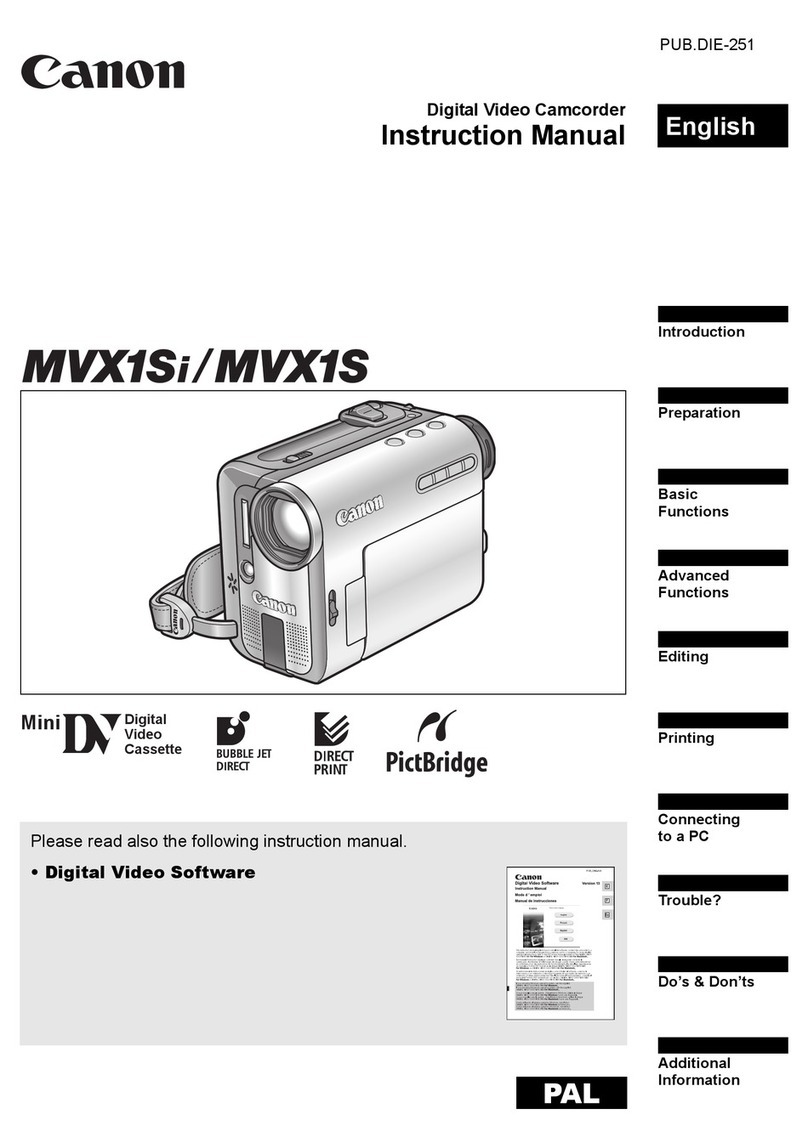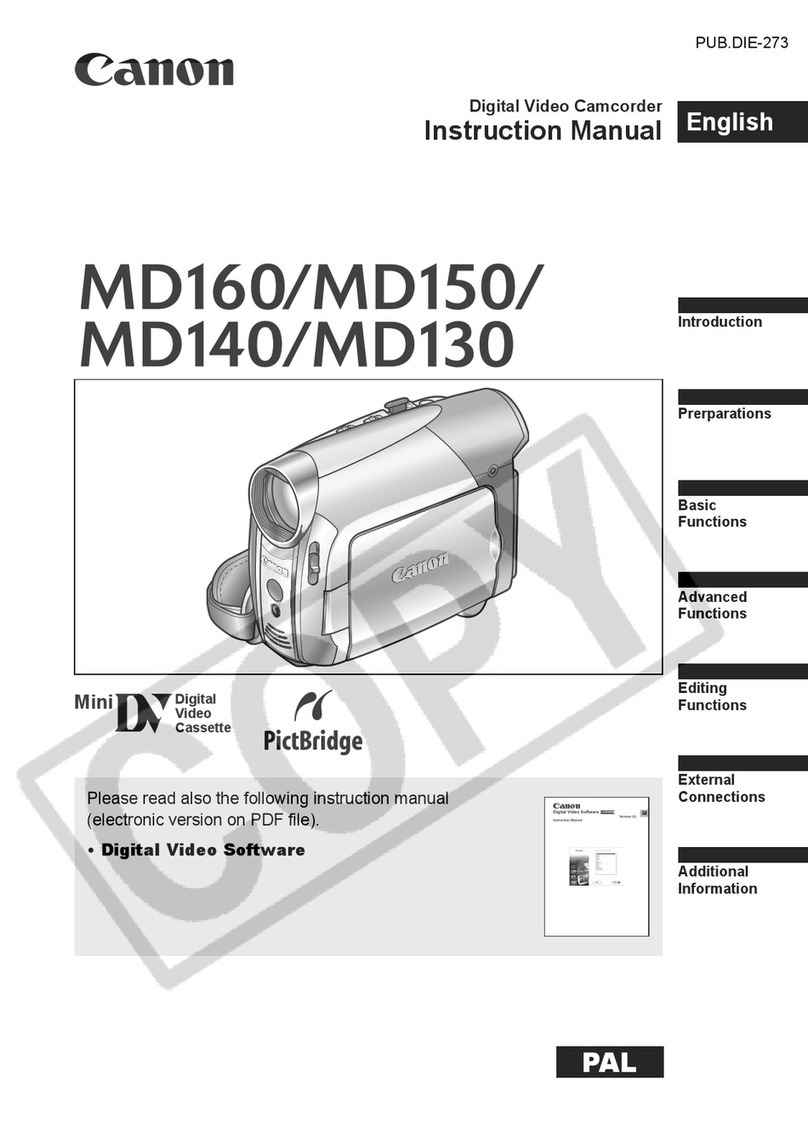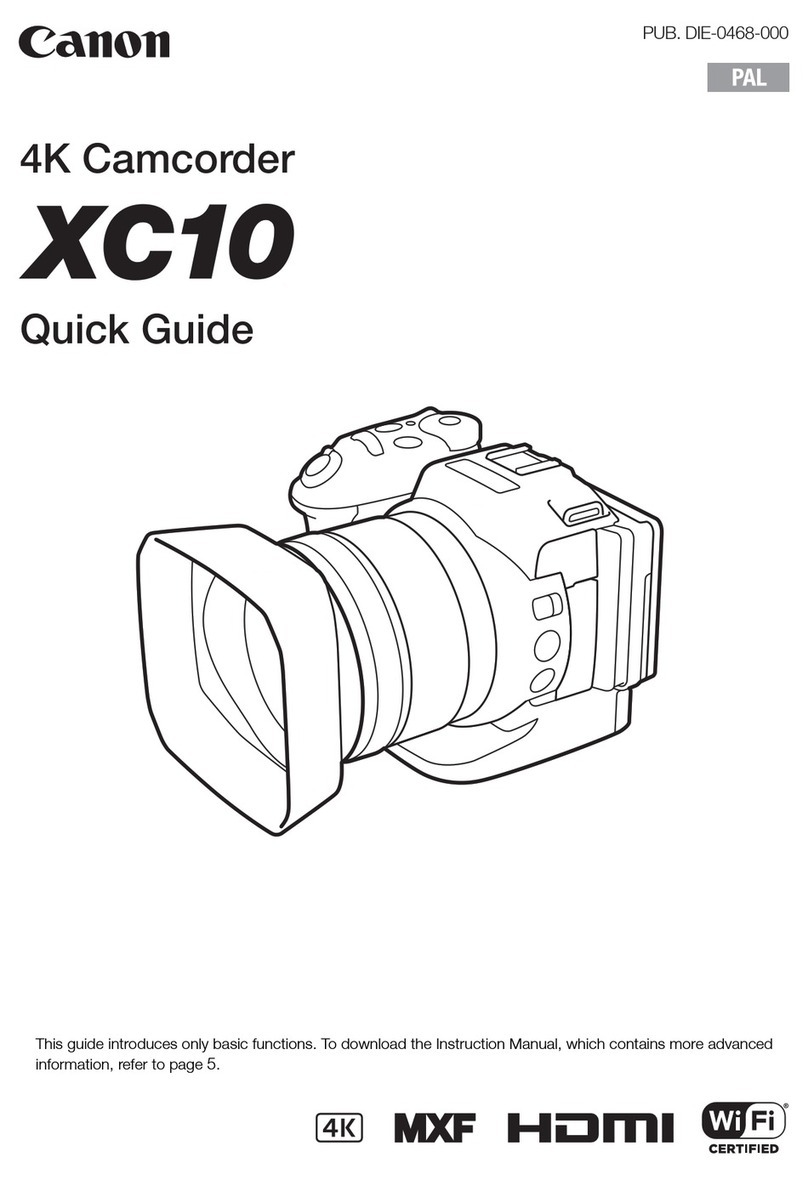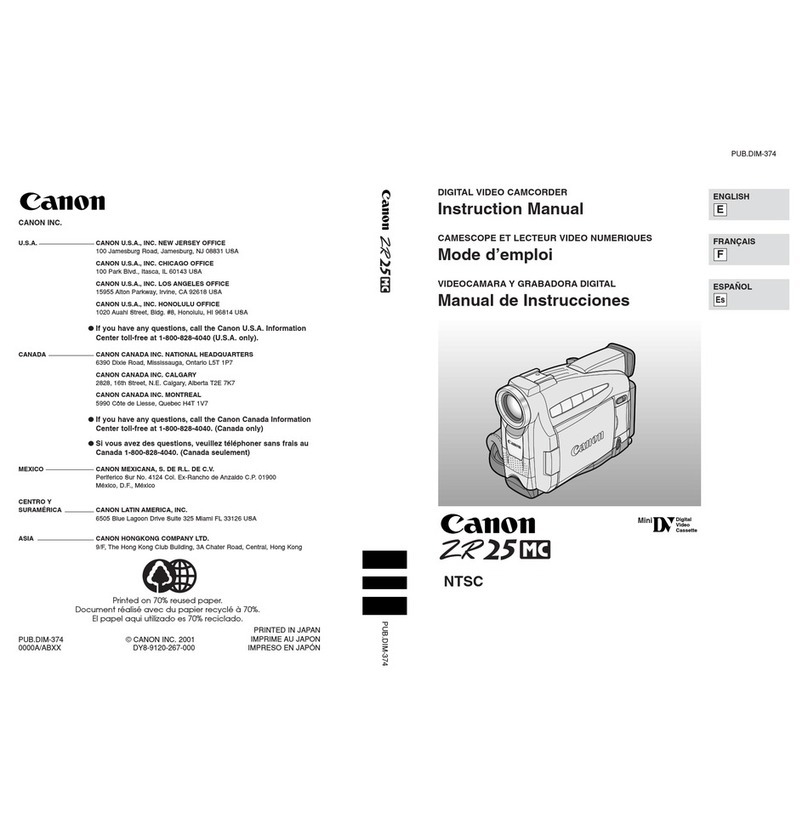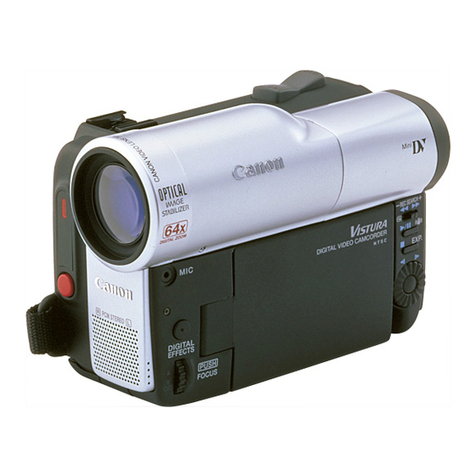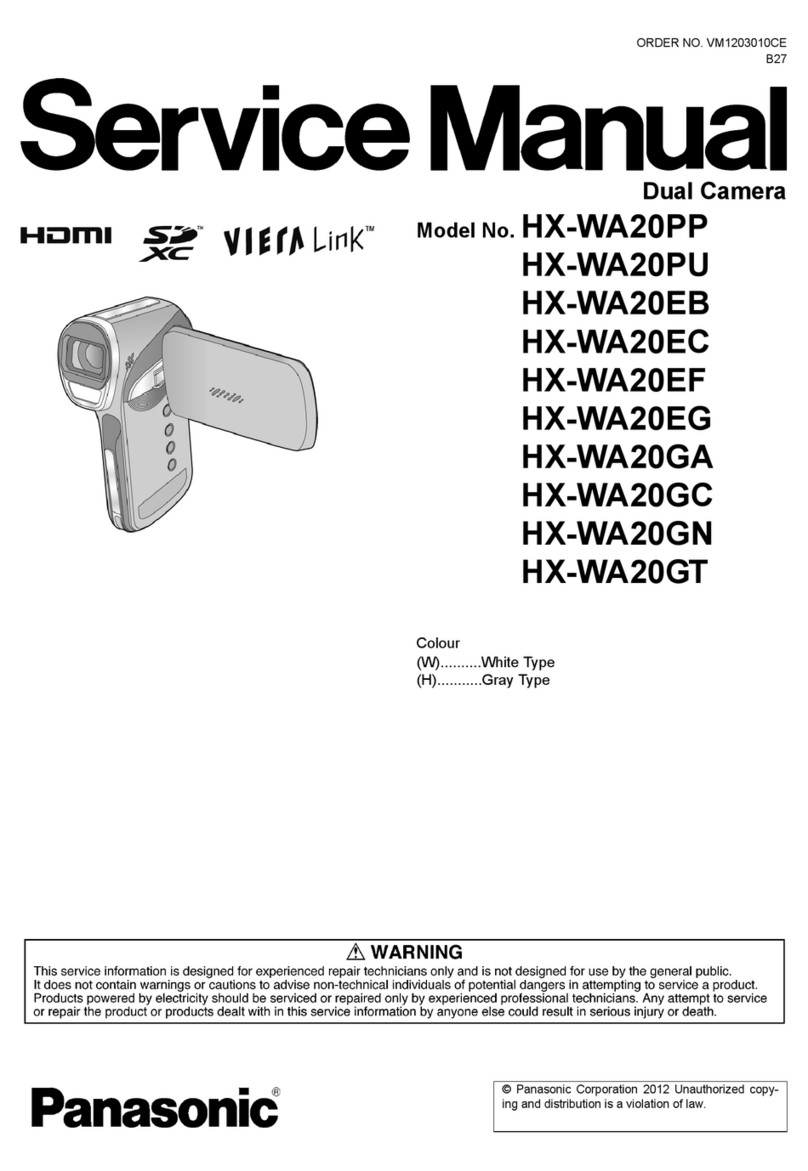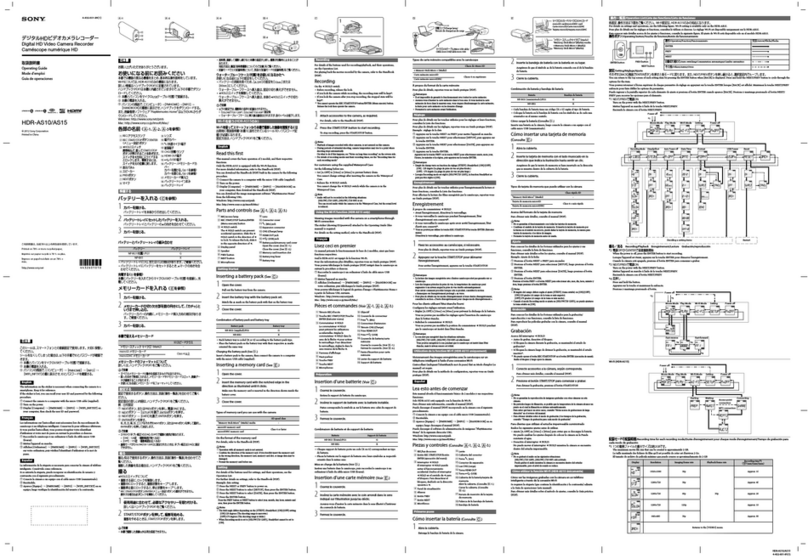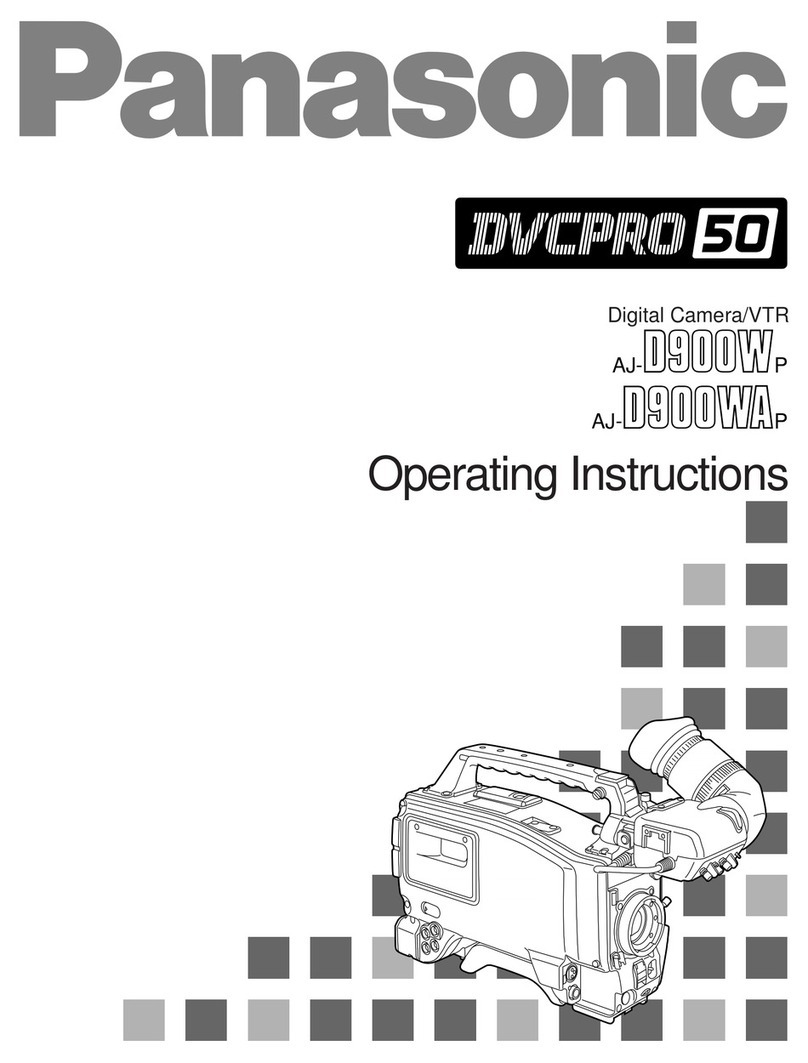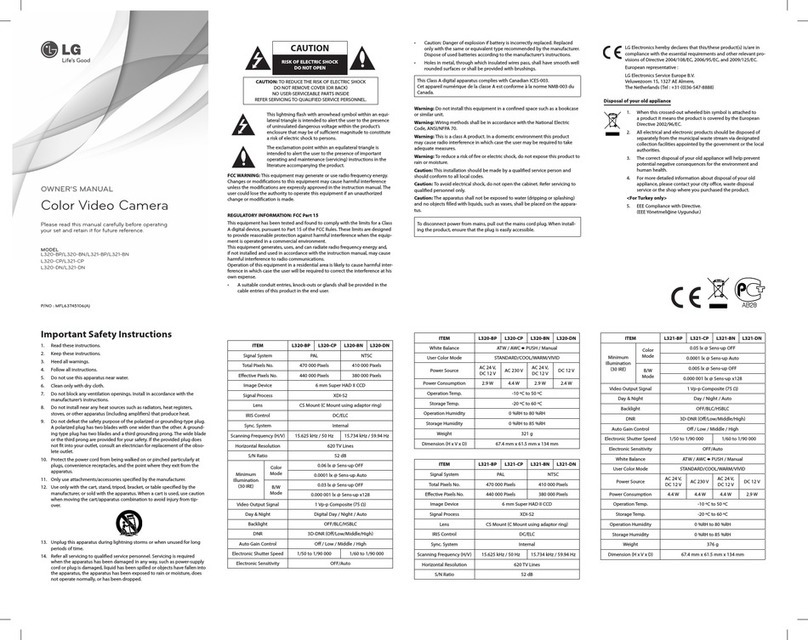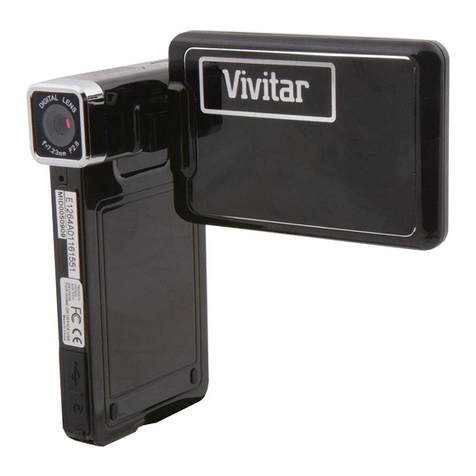
The serial number is printed on the camcorder in a four-digit by three-
line format. The location of the serial number will vary depending on
the model, so find it by referring to the illustrations below.
●Location of the serial number on the VIXIA HF M31 / HF M30 / HF
M300
The serial number is
necessary to install
ImageMixer 3
When ImageMixer 3 is in-
stalled, it will ask for the
serial number. Input the
12-digit serial number with-
out any spaces.
* Refer to the separate in-
stallation guide for details.
ImageMixer 3 must be installed in a personal computer in order to edit video, and record video on
DVDs and Blu-ray discs. Find the serial number of the camcorder and install ImageMixer 3
according to the separate installation guide.
Precautions When Installing
ImageMixer 3 SE (ImageMixer)
Finding the Camcorder Serial Number
Finding the Serial Number
Locations of Serial Numbers by Model
Where is the serial
number on the VIXIA
HF M31 / HF M30 /
HF M300
It is on the bottom of the
camcorder body. Refer to
the illustration on the right
to find the serial number.
This is the serial number. The 12-digit number is
printed in three four-digit lines. In this example the
serial number is 517006893241.
Serial number





